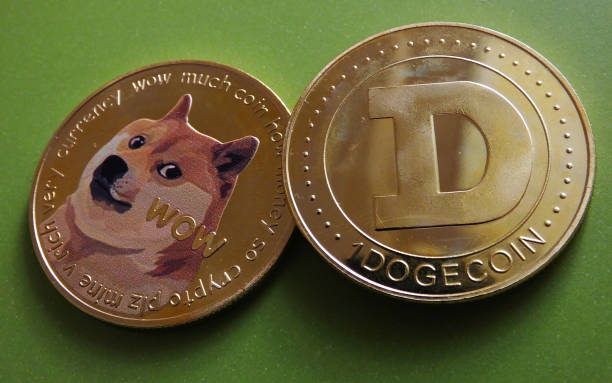In its quarterly, the IMF examines how Bitcoin and its blockchain technology may end up helping banks, despite being created to help avoid them.
In the June 2016 issue of the International Monetary Fund’s magazine, Finance & Development (F&D), it appeared in an article, The Internet of Trust written by Andreas Adriano and Hunter Monroe. The authors explained the trust journey with cash transactions to the impracticality involved in moving large amounts of hard cash around leading to the creation of paper-based, and later, electronic payment systems.
Establishing trust
Establishing trust without cash is complex and expensive. Banks require a complex infrastructure to ensure that transactions are fast, reliable and safe at a cost for merchants. Such transactions sometimes involve central banks and can take several days. Even stock markets with virtually instantaneous electronic trades take two to three days to settle transactions and require additional players such as clearing houses. Financial institutions must set aside significant amounts of cash or other liquid assets until the transactions are settled.

Making transactions simpler
There enters Bitcoin, the authors write:
“Bitcoin—or more precisely, the underlying technology that allows it to function, called distributed ledgers, or blockchain—could allow what many see as a radical rewiring of the financial sector.”
They explained that the financial industry has tried to solve the problem of creating trust by acting as a trusted intermediary between individuals and companies who do not know each other - individuals and companies pay banks to conduct their transactions because other banks and the central bank recognize one another as trustworthy counterparts.
Banks take $1,7 trillion in transaction costs
“It’s great business for them: according to a McKinsey&Company report, banks extract an astonishing $1.7 trillion a year, 40 percent of their revenue, from global payment services. Even more surprising, despite all technological innovation, the cost of financial intermediation in the United States has not changed significantly since the beginning of the 20th century, according to research cited by the Bank of England’s chief economist, Andrew Haldane, in a recent speech. In a 2012 report, the European Central Bank (ECB) estimated that, aside from the fees everybody pays, the indirect costs are as high as 1 percent of GDP, which in the European Union alone translates to about €130 billion a year. And the cost of sending remittances to another country is even higher—nearly 8 percent according to the World Bank. However, a number of start-ups, many using Bitcoin, make sending payments as simple and inexpensive as sending an email.”
Reference is made to the start-up Circle Internet Financial which performs a remittance service free via Bitcoin.
“It’s like sending an email. You don’t care about how the message is routed through the Web,” quoting the Circle CEO, Jeremy Allaire who explains how his Filipino nanny in California used to spend about $50 for each remittance home and now pays $0.75 which could be less if her family at the other end of the transaction use Circle.








